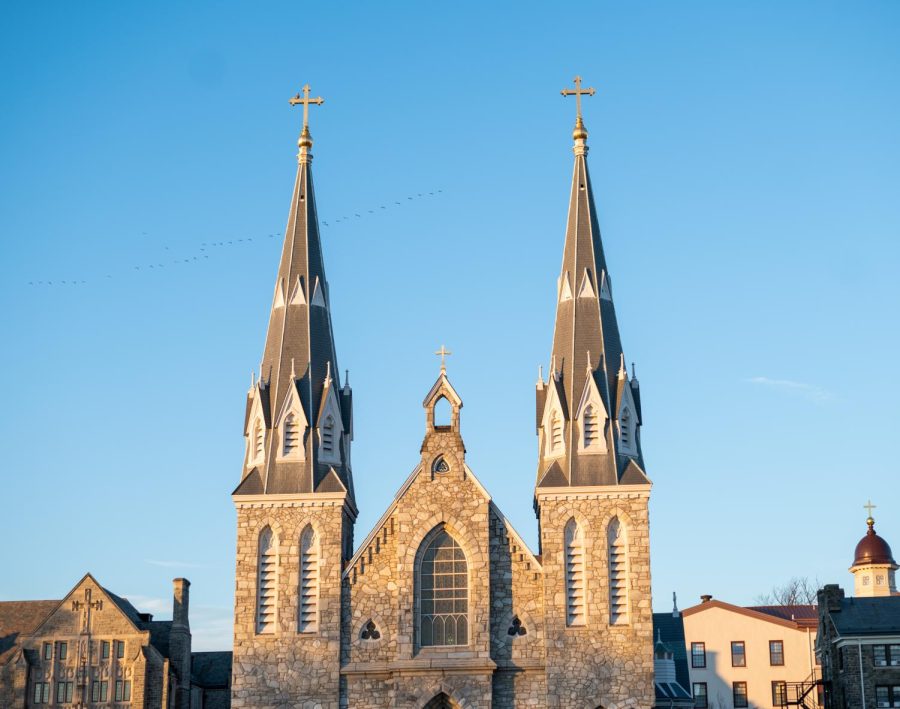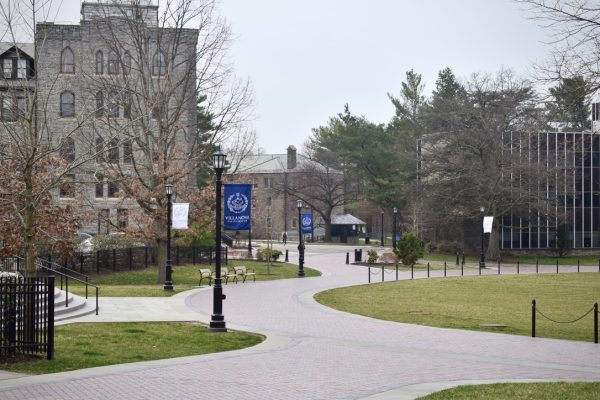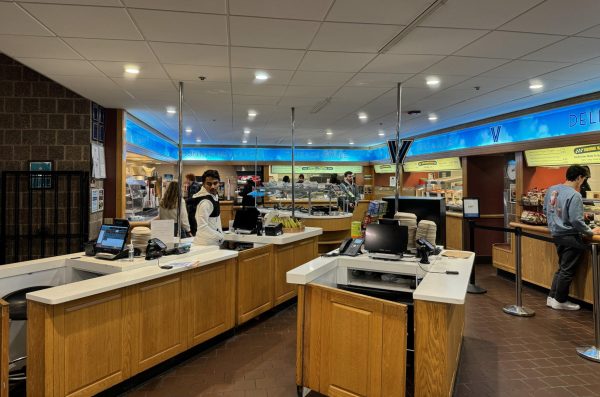The Upsides of the University’s Tuition Increase
Courtesy of Olivia Pasquale/Villanovan Photography
The University’s announcement of a significant tuition increase caused controversy across campus.
March 24, 2022
On March 7, 2022, the Villanova community received an email from University President Rev. Peter M. Donohue, O.S.A., Ph.D., wherein news of a 4.25% tuition increase was announced under the headline “FY 2023 Budget,” following information regarding generous donations made by alumni and Women’s History Month resources.
Justifications for the tuition increase included the need to combat ongoing inflation, as well as University’s goal to increase undergraduate financial aid assistance, with the email emphasizing that the financial assistance budget has increased by 6.7% –– though this increase has also been attributed to an increase in the endowment.
The necessity for funds in order to achieve the University’s recently announced “Strategic Plan” serves as further rationale dedicated to addressing the budget.
However, news of the tuition increase was immediately met with blowback from students and faculty alike, many of whom have complained that the school’s amenities and services fail to justify the school’s current tuition, let alone an increase.
This concern also comes at a time when, amid the global pandemic and rising inflation rates, many are undergoing financial turmoil that a tuition increase may compound upon.
On the contrary, I feel that a tuition increase is necessary to ameliorate the ongoing problems of understaffing and to improve current building conditions.
The Strategic Plan, which the tuition increase promises to fund, addresses the enhancement of “academic facilities and scholarly resources, including classrooms, laboratories and libraries.”
Facility conditions serve as a pointed grievance for many University community members, myself included, who view the current infrastructure for buildings such as the St. Augustine Center for Liberal Arts, Tolentine Hall and Falvey Memorial Library, among others, as areas in which Villanova pales in comparison to similarly ranked undergraduate institutions.
Furthermore, the tuition increase seeks to increase financial aid for the appallingly small population of low-income students at Villanova, which has been cited by The New York Times as disproportionately low compared to overall economic diversity of the U.S.
In order to bring in a more diverse student population, financial aid needs to be greater than it currently is, and the tuition increase rightfully seeks to address this problem.
Despite many reasonably viewing the increase in tuition as a deterrent to lower-income students, it will actually assist in drawing in greater economic diversity should the school be able to use it to provide increased financial aid and scholarships.
Unlike many of its competitors, such as Boston College, which promise to account for 100% of a student’s demonstrated financial need, Villanova is currently unable to do so.
The recent tuition increase may allow the University to achieve its outlined goal of meeting full demonstrated need by the year 2030.
Furthermore, many students are currently referring to Villanova’s tuition increase as though it is an isolated anomaly, despite private colleges nationwide similarly increasing tuition at a rate that outpaces inflation.
The Hechinger Report refers to institutions such as the University of Virginia, Texas Christian University and Lafayette College, all of which are increasing their respective tuition costs by 4%, if not more, in the coming academic year.
However, despite my perhaps idealized view of the tuition increase and its purpose, I do hope that the school directs these increased funds to its alleged goals and that it does so with transparency and efficiency.
Ultimately, the remedying of the school’s current structural problems is incredibly pertinent and necessary, and I hope that in doing so, Villanova University will be able to justify its increased tuition and standing as one of the most expensive private institutions in the country.








